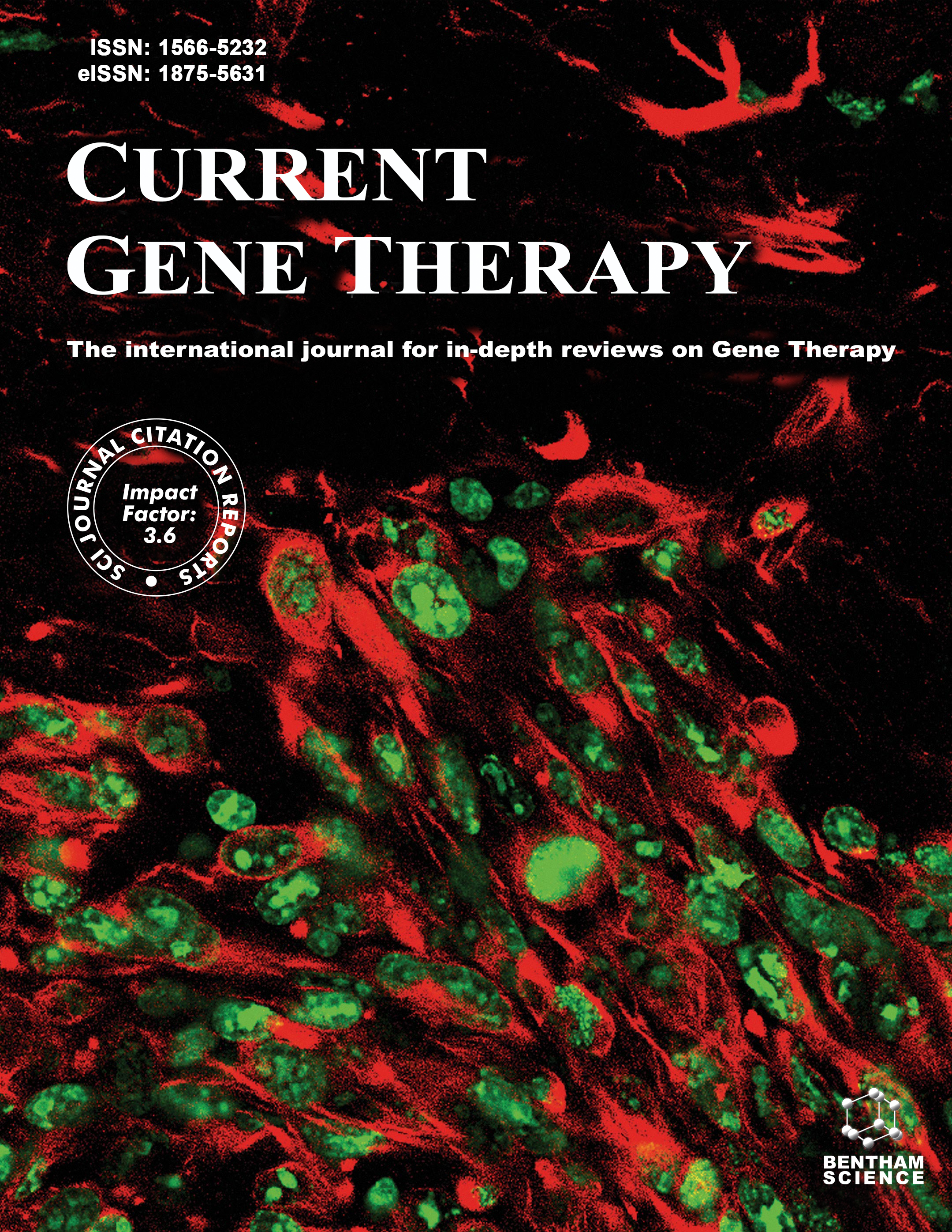
Full text loading...
The immune system presents significant obstacles to gene therapy, which has limited its use in treating many illnesses. New approaches are needed to overcome these problems and improve the effectiveness of gene therapy. This study explores several techniques to immune regulation within gene therapy, a cutting-edge discipline that aims to optimise results by fine-tuning the immune response. We cover new ways to control the immune system and deliver therapeutic genes just where they are needed, including influencing immunological checkpoints, causing immunotolerance, and making smart use of immunomodulatory drugs. In addition, the study provides insight into new developments in the design of less immunogenic gene delivery vectors, which allow for the extension of transgene expression with minimal adverse immune reactions. In order to maximise the efficacy of gene-based therapies, this review analyses these novel approaches and gives a thorough overview of the present state of the art by addressing obstacles and pointing the way toward future developments in immune regulation. Not only does their integration provide new opportunities for the creation of safer and more effective gene treatments, but it also contains the key to overcome current obstacles.

Article metrics loading...

Full text loading...
References


Data & Media loading...

